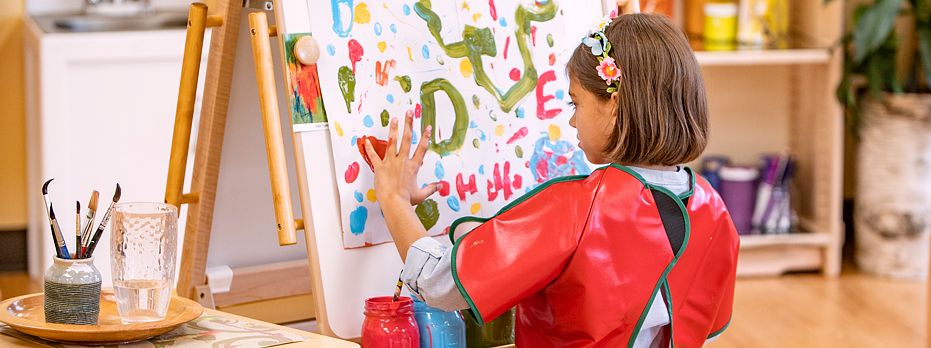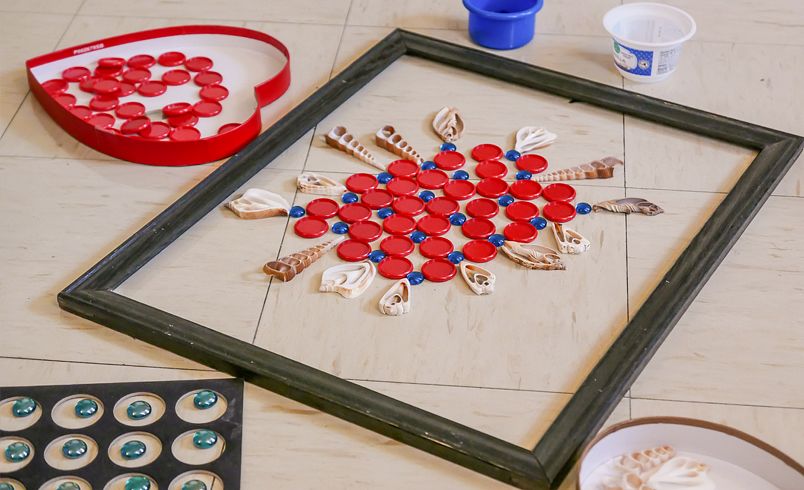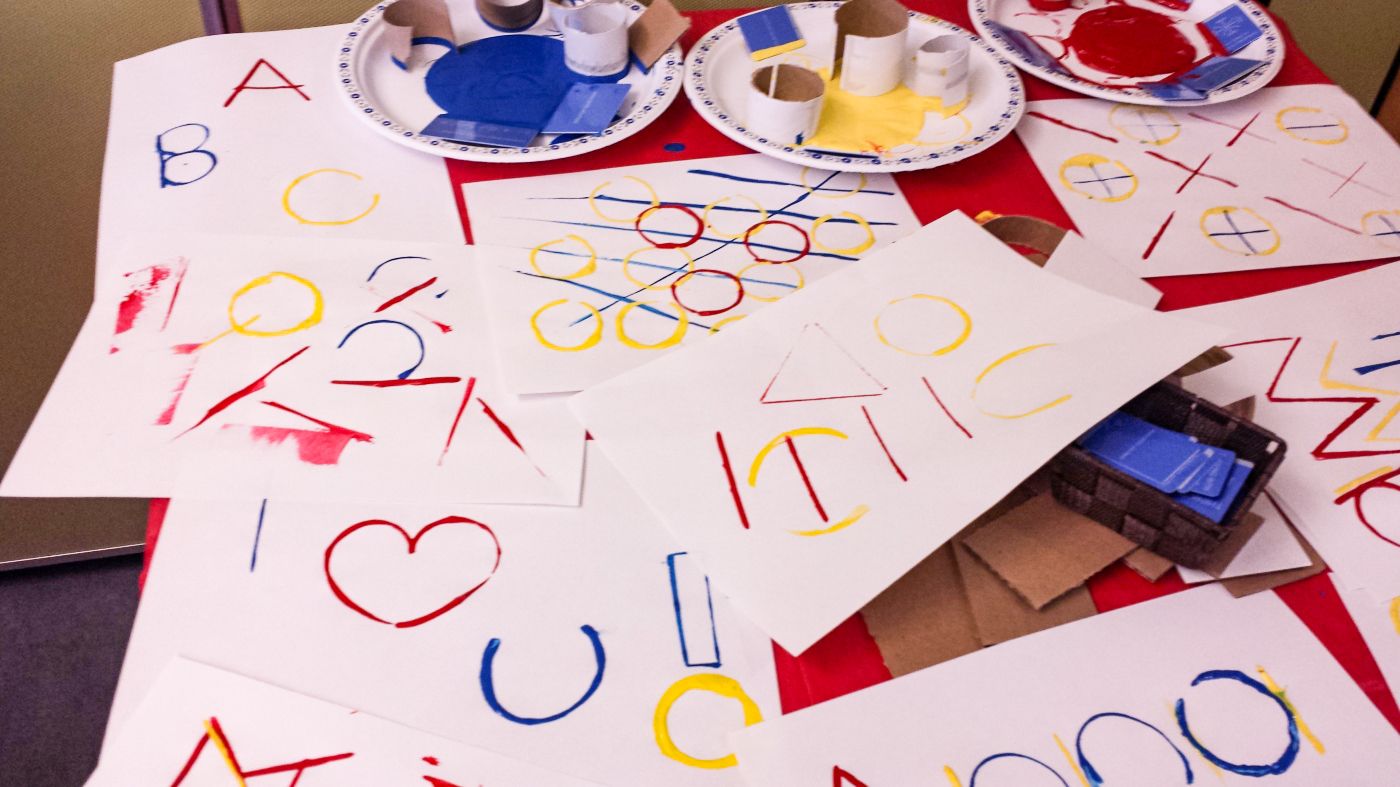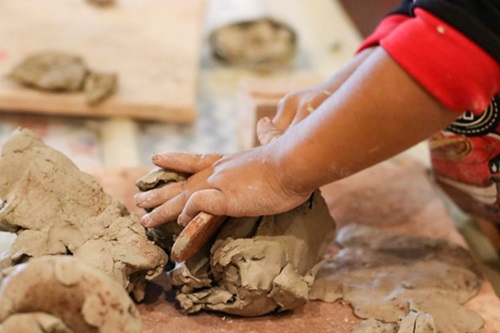The Importance of Art to the Development of the Whole Child
Why Children Need to Experience Art
| October 2022Art is an essential experience for children but it is one that is often hijacked by adults and turned into a product-oriented, adult-directed craft. When I visit programs and see pre-cut shapes, paper plates, and theme-related products displayed on bulletin boards, I am saddened by the missed opportunities.
In the early learning textbook that I co-wrote with Dr. Beverlie Dietze, Playing and Learning in Early Childhood Education we refer to the work of Erika Christakis who determined that art for children should be offered for art’s sake. It is also an essential ingredient to a well-rounded education. Art is an expression of one’s self. It is a curriculum area that should not be up for debate; rather, it is beneficial to view art as a learning domain, similar to critical thinking and number sense. Historically, art has been a major component of early learning programs. Dewey, Steiner, and Froebel all discussed the importance of art to the development of the whole child. The educators in Reggio Emilia, Italy, also place a high value on art experiences (Vecchi, 2010). Open-ended exploration of art materials and tools should be seen as a right of childhood. However, since the late twentieth century, the wide spectrum of art experiences for young children has continuously been reduced and replaced with activities that have a more academic focus (Christakis, 2016).
Art needs to be open-ended. Art needs to be part of a play-based curriculum and therefore should be freely chosen. Art experiences should not be a time for adults to direct children to produce “cute” crafts that have a defined right way of completion. Children gain a sense of success from open-ended materials because there is no one right way to do something and no need to specifically produce something. Having transient art experiences—art that is movable and non-permanent—available to children supports the process and de-emphasizes the product. By providing empty frames, mats, or other platforms and multiple loose parts without glue or paint, children create without consuming the materials, and the materials can be used another day.
Children’s art should be more than the production of something recognizable to the adult or a specific product—art needs to be a process. If the product is over-emphasized there is a likelihood that children’s creativity will be impacted. This is not a new phenomenon—this has been a recurring issue for children. In the poem, The Little Boy written many years ago by Helen Buckley we see that dictated art changes a creative child into a compliant child.
Art experiences for children should not be dictated by adults. Coloring books, for example, negatively affect a child’s opportunity for creativity. They do not support a child’s individual expression. The fact that they can choose their own color is not enough! Choosing a color and what spot to fill in involves a minimal level of creativity and is so confining. This type of experience is doing without thinking and it promotes mindless obedience to authority, rather than creative problem solving. The sense of achievement and pride that should come from art is lacking in dictated art (Christakis, 2016). Cornett and Smithrim (2001) indicated that “dictated art” could frustrate children’s development. When children are not involved in a creative problem-solving process, they are not stimulated or encouraged to engage in higher-order thinking. One of the key purposes of providing children with art experiences is for them to learn to express their feelings and ideas; it is not to have children duplicate adult ideas. If the experience has been chosen for the children and they need to follow particular directions in order to produce a particular product, most likely time will be spent reminding them about the instructions. In the end, the results may be disappointing. I have watched adults resort to trying to fix children’s products in order to duplicate. There are so many possibilities for children’s art. My colleague and friend, Cindy Green, when speaking of dictated art simply states, “it’s over”.
When children engage in art experiences, they explore the principles of design. When they repeat marks on a paper and create a flow in their design, they are exhibiting the principle of rhythm and movement. When children play with balance in their art they are discovering symmetry and asymmetry. The results that come from the use of different and contrasting elements illustrate the principle of variety. Playing with emphasis will make something stand out, such as placing dark beside light or large next to small. Considering how all the aspects of a child’s creation work together is following the principle of unity.
We recently had a powerful experience in our workshop, Environment Basics and Beyond: The Art Area where we set up experiences for the participants that demonstrated the possibilities. Lights bulbs went off as the participants had the opportunity to experience first-hand the importance of open-ended art. Spending time experiencing art and learning about the principles and elements of art will support the teachers in supporting children.
Children need teachers who understand the elements of art. These elements should be considered in the provision of art experiences and in talking to children about their art. Children require a variety of art experiences in order to learn about the concepts of the elements of art. The elements of art correlate with cognitive and language development. Feeling successful about their art experiences contributes to social and emotional development. The use of tools in art supports physical development and self-expression.
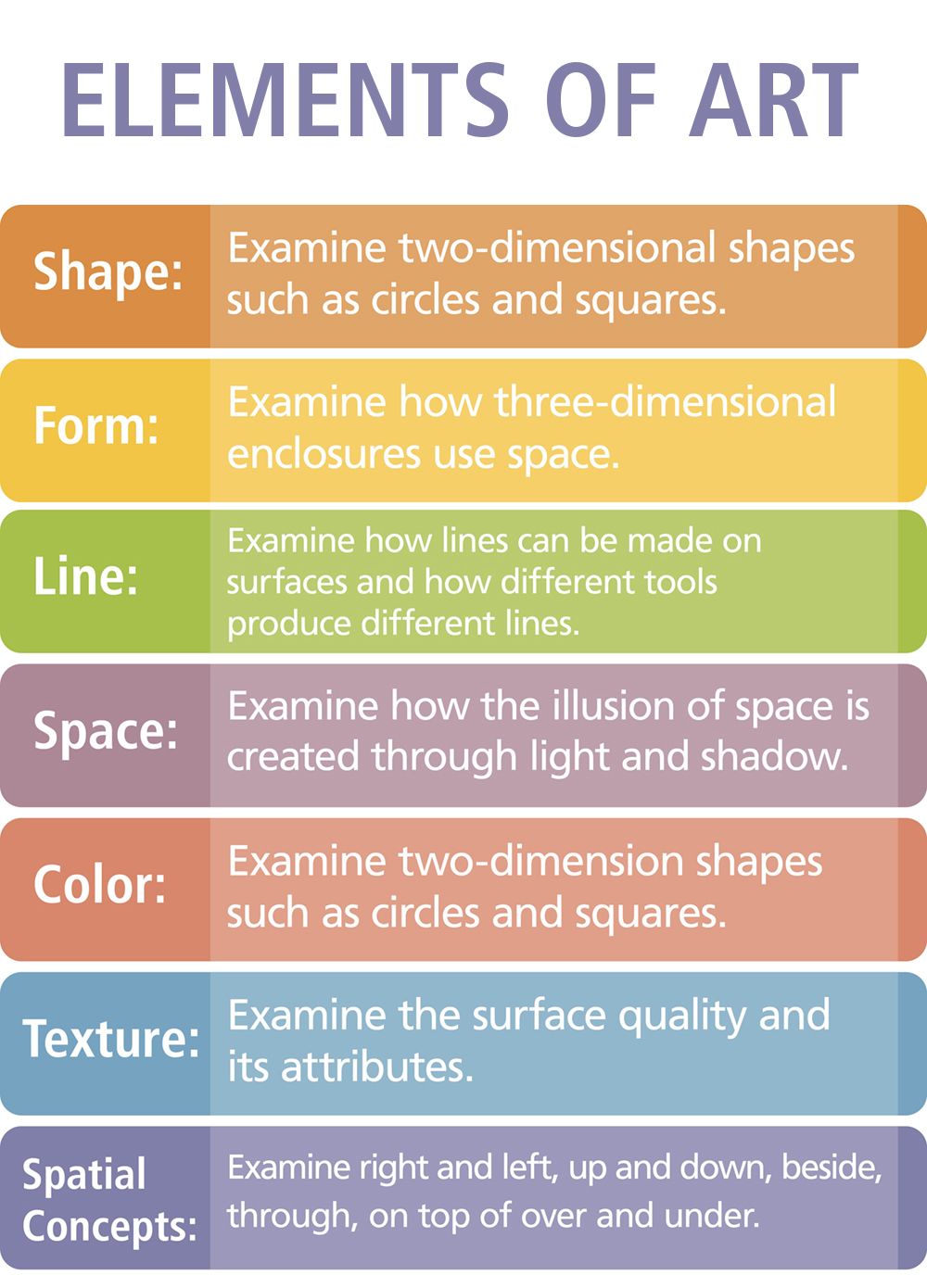
Spending time experiencing art themselves should help teachers recognize that children need lots of time to become fluent with the stages and languages of artistic development. Having the time to freely explore boosts children’s confidence to express themselves without needing adult praise and reduces the “I can’t do it” way of thinking. Children require the freedom to engage in appropriate art process experiences that are fluid in nature. We are hoping that more early learning teachers will seek ongoing professional learning so that they continue to gain an understanding of the relationship of art to child development and of the design and delivery of appropriate art experiences for children.

